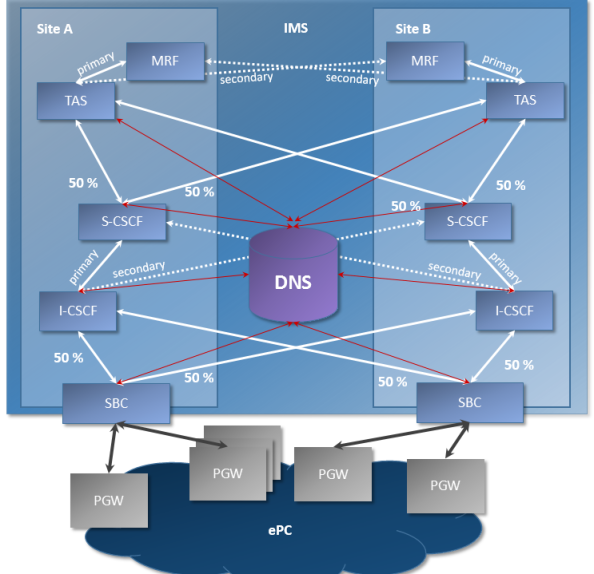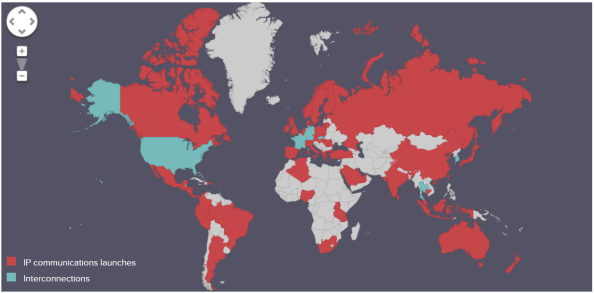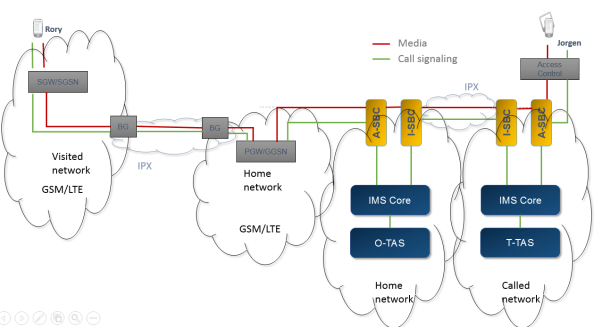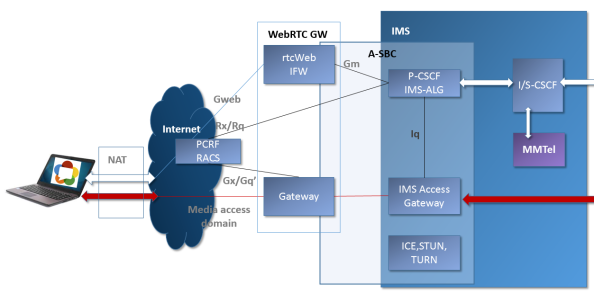In marriage we need to find a way how to make common decisions. In my case we decided that my wife will make those routine, unimportant decisions as what to cook for a dinner, how will spend a weekend or holidays or what to do with the money we have. My responsibility is to take the key, long-term decisions which will have the major influence on our well-being. So I decide what soccer team is our favorite for the next season, brand of a BBQ grill and what is our relationship towards EU.
In the IMS network there are many key network functions which take the decisions about routing, charging, applied services etc. But should I choose one which would allow me to manage the whole network, I’d go for DNS. Without DNS there would be no IMS. And don’t get me wrong. This is not only about the usage of IP protocol and symbolic address translation. DNS is responsible also for other vital mechanisms as routing, load-sharing, resiliency, service discovery and zero-configuration, provisioning, mobile number portability, timezone support, etc.
DNS is defined in many documents the most important for us are IETF RFC 1034, RFC 1035, RFC 3646 and mainly in RFC 3263 and RFC 7984 and GSMA IR.67.
Let’s take a look on routing in the IMS network.
We can start with the registration. Well, the DNS is used also during the ePC attach procedure. But we don’t discuses particular access networks here. (The Protocol Configuration Options – PCO response will contain the IPv4/IPv6 address of the P-CSCF anyway). In the IMS the P-CSCF will take the Request-URI header of the SIP REGISTER message and based on the DNS response will identify the I-CSCF.



